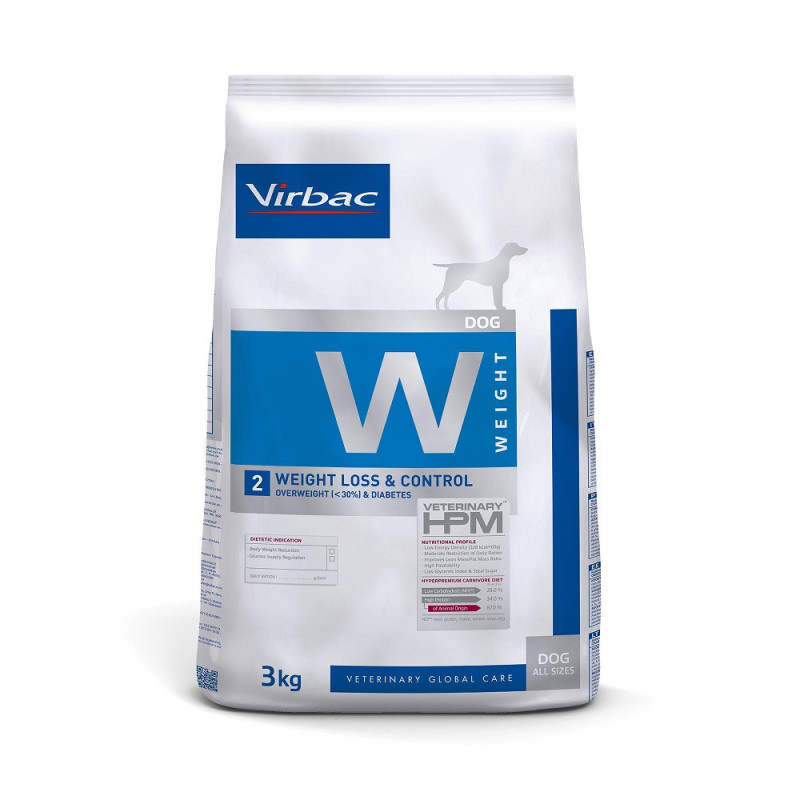

What are your thoughts on your pet’s current weight?.

Open-ended questions the clinician can ask include:

Remember, though, that this type of approach can only be chosen once you are familiar with the client’s understanding of obesity (see Open-Ended Questions for Better Communication). We can help Fluffy feel even better and potentially live longer by…”). Jones, Fluffy is clearly a very important member of your family. Consider the potential differences in client buy-in if a weight loss program is included in an estimate for a workup/treatment plan for a concurrent condition associated with obesity, such as orthopedic disease, compared to offering weight loss services alone.Ĭhoose an approach that caters to the client-pet owners who are more scientifically focused may benefit from a research-based approach (“studies have shown that…”) whereas others may benefit from a more emotional approach (“Mrs.


 0 kommentar(er)
0 kommentar(er)
